Eucosma hohenwartiana
([Denis & Schiffermüller], 1775)
-
 Subfamily: Olethreutinae, Eucosmini
Subfamily: Olethreutinae, Eucosmini -
 Wingspan: 15-22 mm
Wingspan: 15-22 mm -
 Flight period: Jun - Jul
Flight period: Jun - Jul -
 Spread: Uncommon
Spread: Uncommon -
 Host plants: Asteraceae
Host plants: Asteraceae
Information
The Eucosma hohenwartiana also called Bright Bell is a moth of the Tortricidae family with a wingspan of 15-22 mm.
In Europe we find it in Ireland, Great Britain, Spain, France, Germany, Benelux, Denmark, Austria, Switzerland, Czech Republic, Slovakia,
Slovenia, Hungary, Poland, Romania, Bosnia and Herzegovina, Norway, Sweden, Finland, the Baltic region and Russia.*
Its range extends to China (Heilongjiang, jiangxi), Central Asia, North Africa. *****
In Italy it is absent from the islands. *
The front wings of Eucosma hohenwartiana have an ocher / orange background color, the costa is marked by whitish streaks from the middle to the apex,
with yellow or brown markings. The basal band is of a more intense ocher / orange color, with a whitish median band that is not clearly defined.
Relatively large and conspicuous a triangular spot, in a very light shade of the background color in the mid-dorsal area.
A square band is clearly visible in the submarginal region near the inner corner, with lateral lines in a white / silver and metallic color,
containing two or three fragmented black dashes; whitish fringes sprinkled with gray brown in the apical area.
The rear wing is gray / brown with fringes of the same white. **
Still uncertain the subdivision from the congener Eucosma fulvana the barcode and the male genitalia do not seem to provide any difference,
so that the separation is based solely on small differences in the female genitalia. However, Eucosma fulvana is still controversial as
independent species and is probably more a synonym of Eucosma hohenwartiana .
It is unclear whether the two species (or the ecological races of one species) consistently differ in terms of host plants. **
Research carried out in Great Britain would seem to demonstrate, at least in the British Isles, the separation between the two species. ***
The habitat consists of dry open areas and grassland.
They feed on the flowers and develop in the flower heads of their host plant.
The larvae have a pink-ocher to pink body and a light to medium brown head.
The species overwinters in the larval stage among the soil debris.
The larvae feed on species Centaurea cyanus, Centaurea scabiosa, Centaurea jacea, Serratula tinctoria, Carduus sp. , Cirsium sp. and Picris sp.. ****
* Lepidoptera mundi https://lepidoptera.eu/ - Fauna Europea https://fauna-eu.org/
** Bestimmungshilfe für die in Europa nachgewiesenen Schmetterlingsarten - http://lepiforum.de/
*** The Eucosma hohenwartiana group of species (Tortricidae) - David j. L. Agassiz & John R. Langmaid - Nota lepid. 27 (1): 41–49 - https://gdoremi.altervista.org/documents/Eucosma_hohenwartiana.pdf
**** Moths and Butterflies of Europe and North Africa - https://leps.it/
***** A.H. Zhang/H.H.Li 2005 Catalogue of Eucosmini from China - https://gdoremi.altervista.org/documents/Eucosmini_cina.pdf
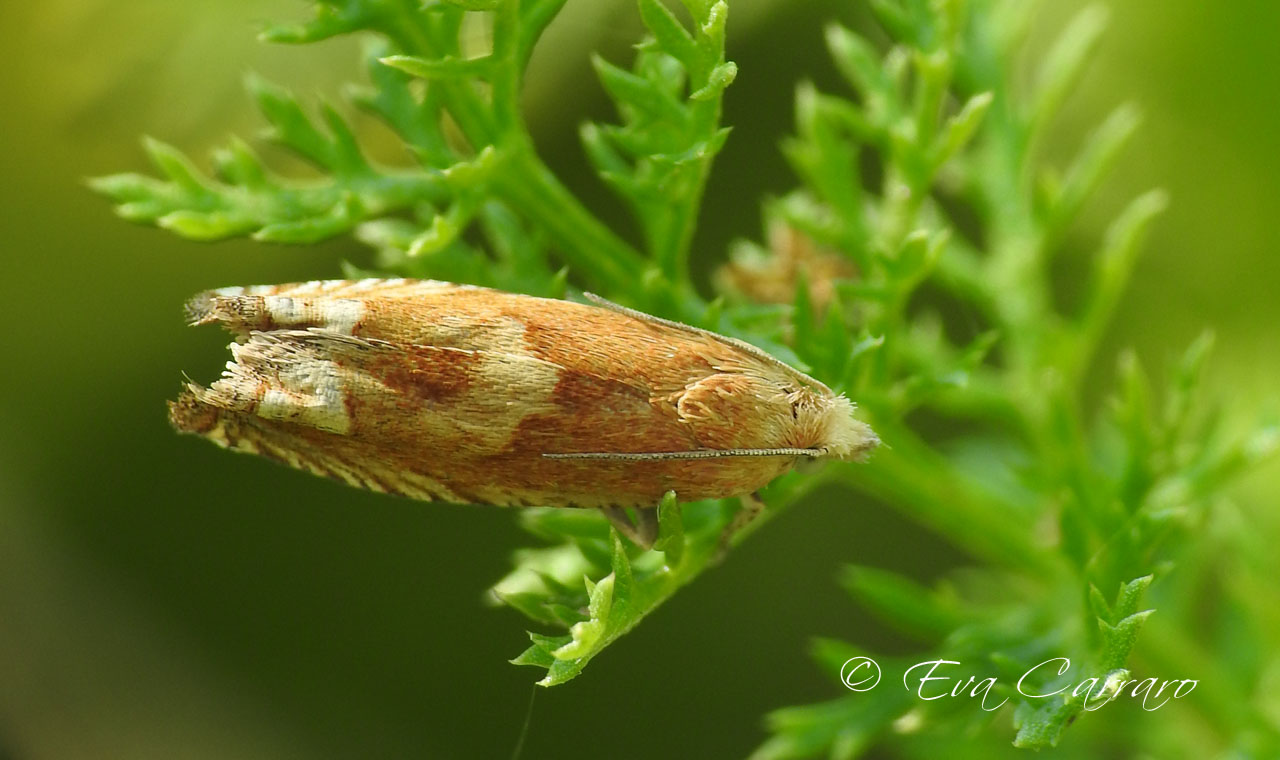
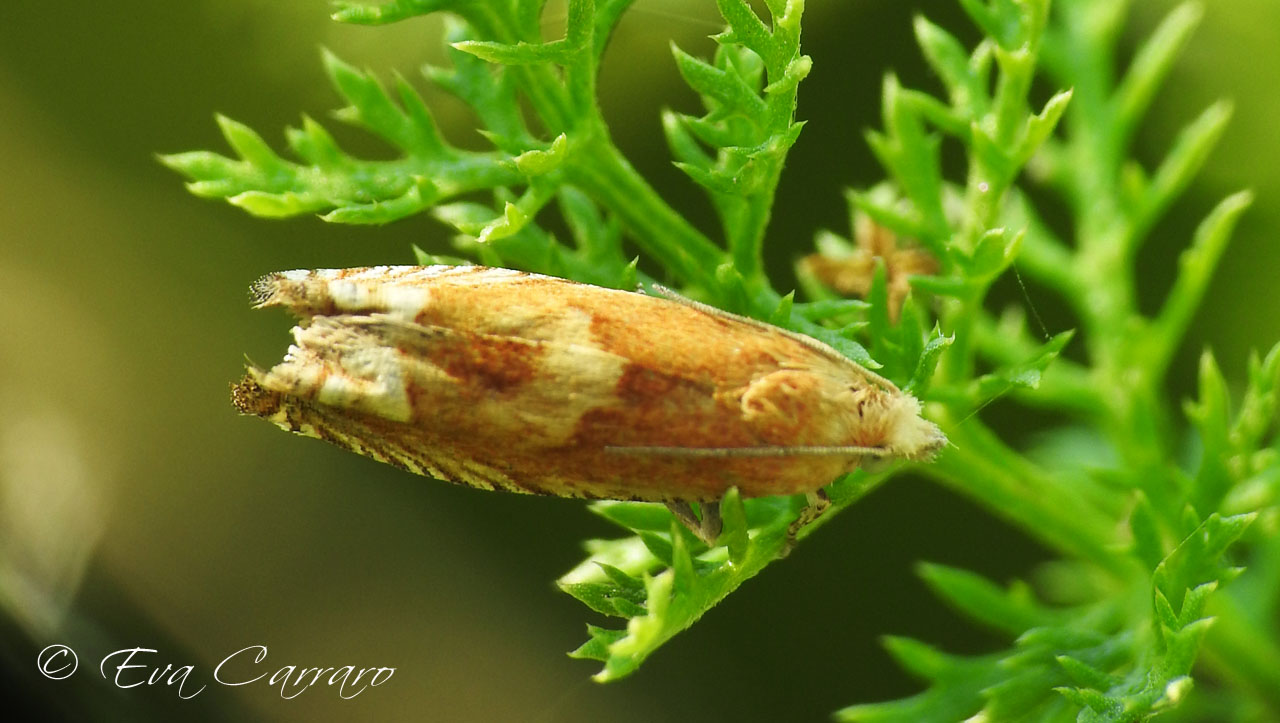
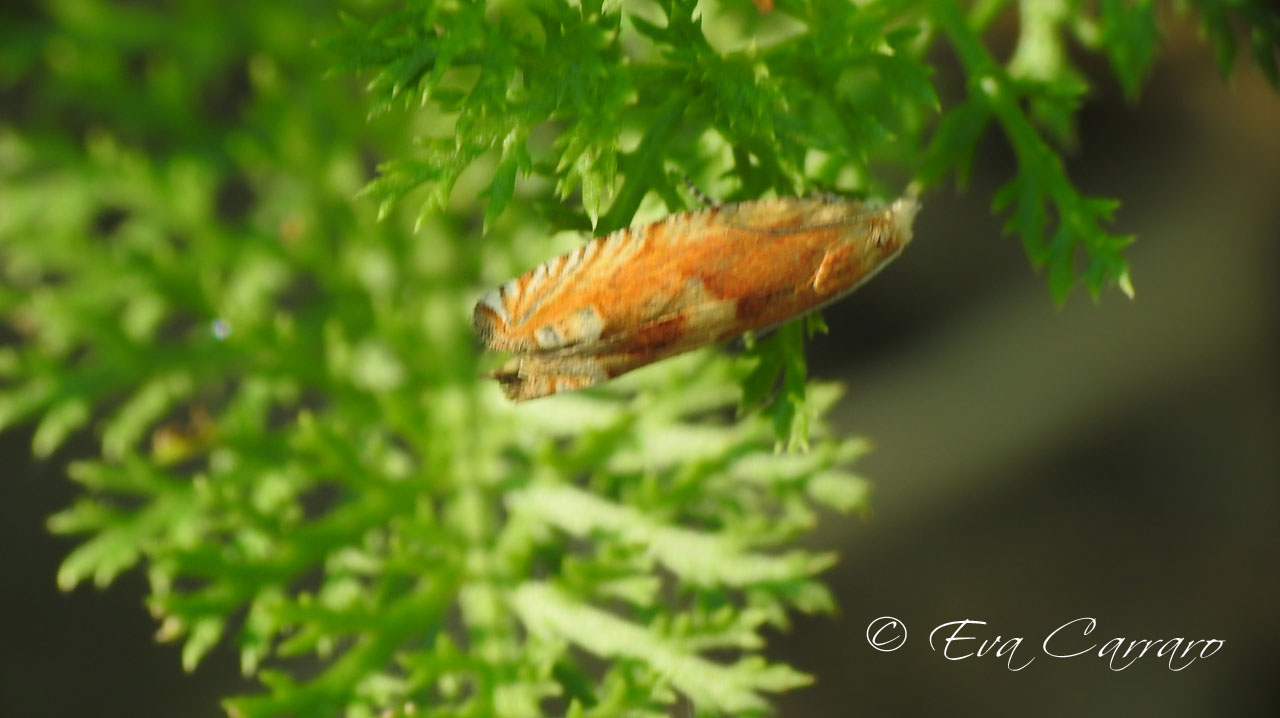
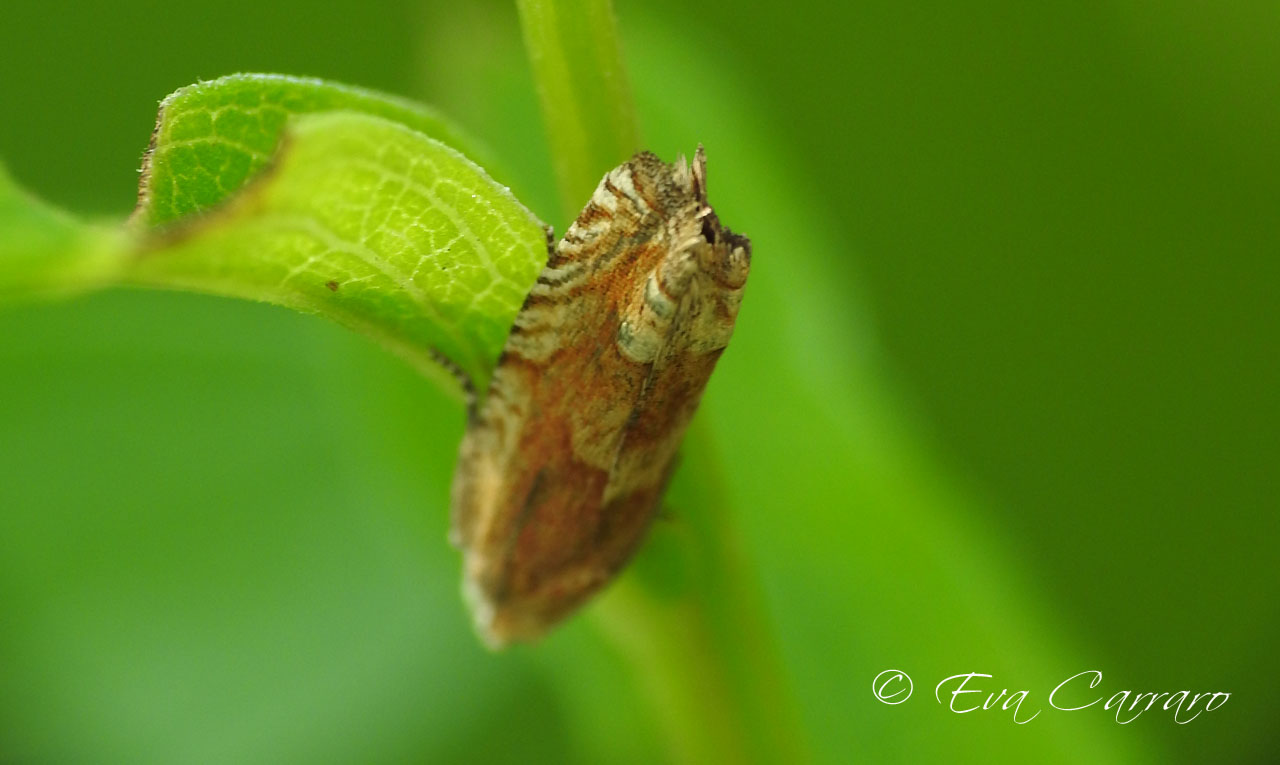
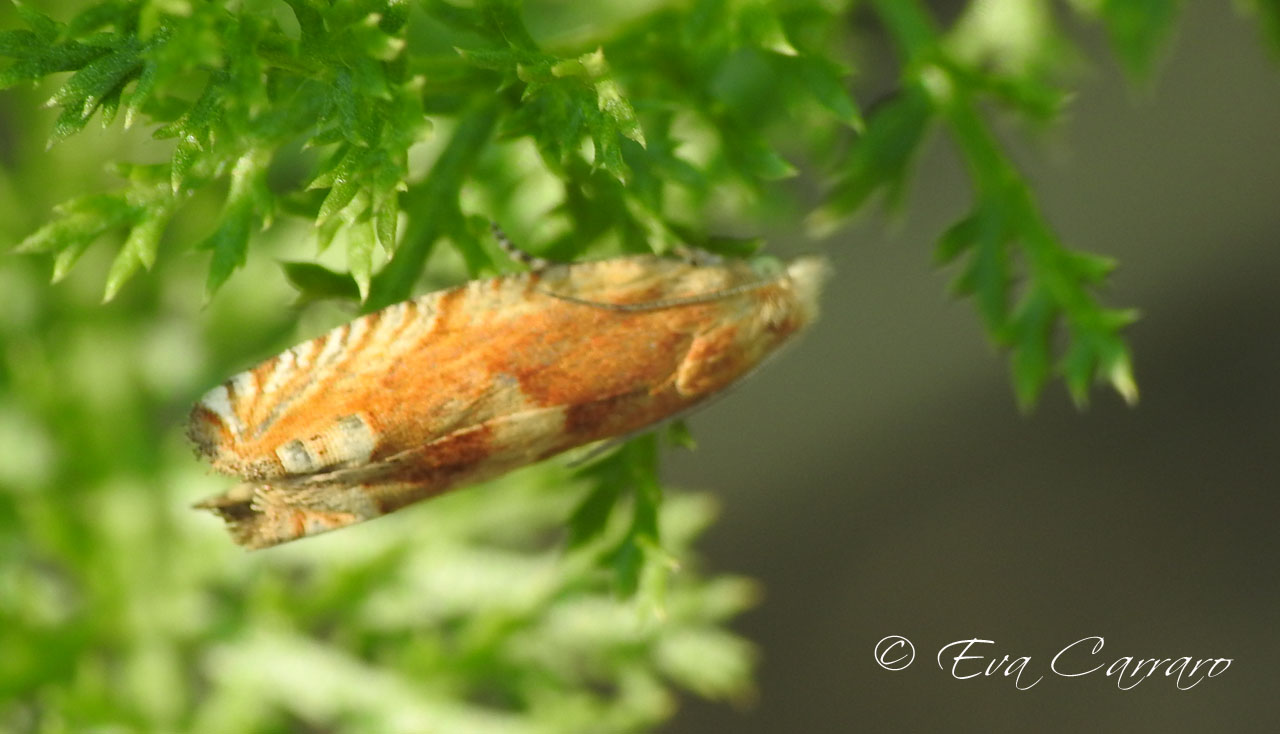
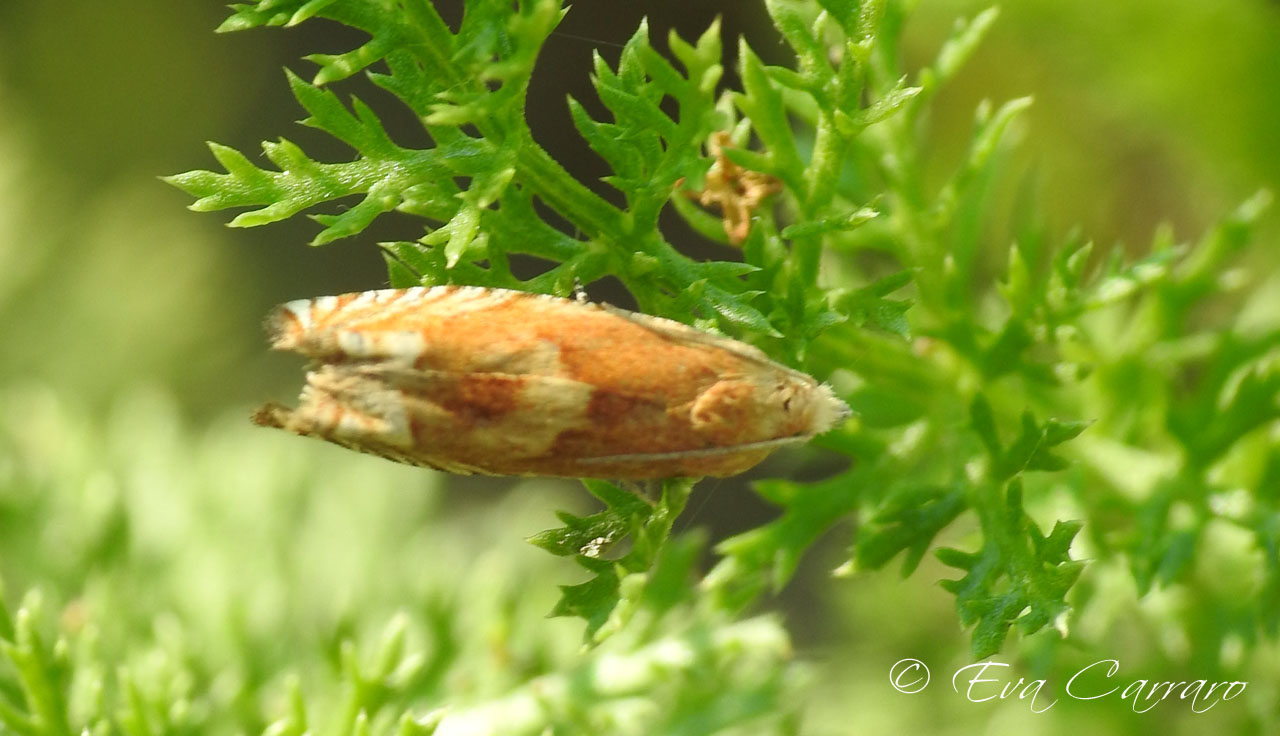

 EN
EN ITA
ITA
Social and publications